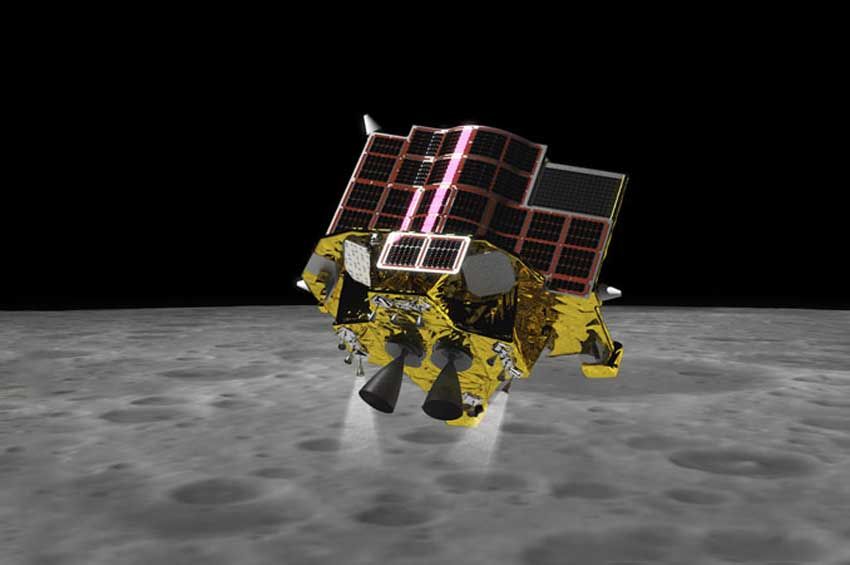Japan has launched a lunar exploration spacecraft using an H-IIA rocket from the Tanegashima Space Center. Photo/Jaxa/Reuters
This satellite is called the X-Ray Imaging and Spectroscopy Mission (XRISM) (pronounced “crism”). The XRISM satellite is a joint mission between the Japan Aerospace Exploration Agency (JAXA) and NASA, with the participation of the European Space Agency (ESA) and the Canadian Space Agency (CSA).
Additionally, this mission carries a Smart Lander for Investigating Moon (SLIM). This small-scale exploration lander is designed to demonstrate “precise” landing at a specific location within a 100 meter radius, using high-precision landing technology.
“The precision led to the mission’s nickname, Moon Sniper,” wrote the 9news page, cited by SINDOnews, Sunday (9/17/2023). It is a lightweight 700 kg spacecraft designed to demonstrate a navigation system for a lunar landing, directly on rough terrain.
Moon Sniper pointed his landing target at a crater. Meanwhile, SLIM will use its own propulsion system to get to the Moon.
Unlike other lander missions aimed at the Moon’s south pole, SLIM targeted a location near a small crater called Shioli, near the Sea of Nectar. It is here that SLIM will study the composition of rocks that could help scientists discover the origins of the Moon.
The landing site is just south of the Sea of Tranquility, where Apollo 11 landed near the lunar equator in 1969. Achieving a precise landing on the Moon is one of the primary goals of JAXA and other space agencies.
Resource-rich areas, such as the Moon’s south pole and areas filled with water ice and permanently shadowed, also present a number of hazards in the form of craters and boulders. Future missions must be able to land in tight areas to avoid these characteristics.
SLIM also has a lightweight design that could benefit institutions planning more frequent missions and exploring moons around other planets such as Mars. The spacecraft will arrive in lunar orbit approximately three to four months after launch, circling the Moon for a month.
(wib)

“Travel nerd. Social media evangelist. Zombie junkie. Total creator. Avid webaholic. Friend of animals everywhere. Future teen idol.”






